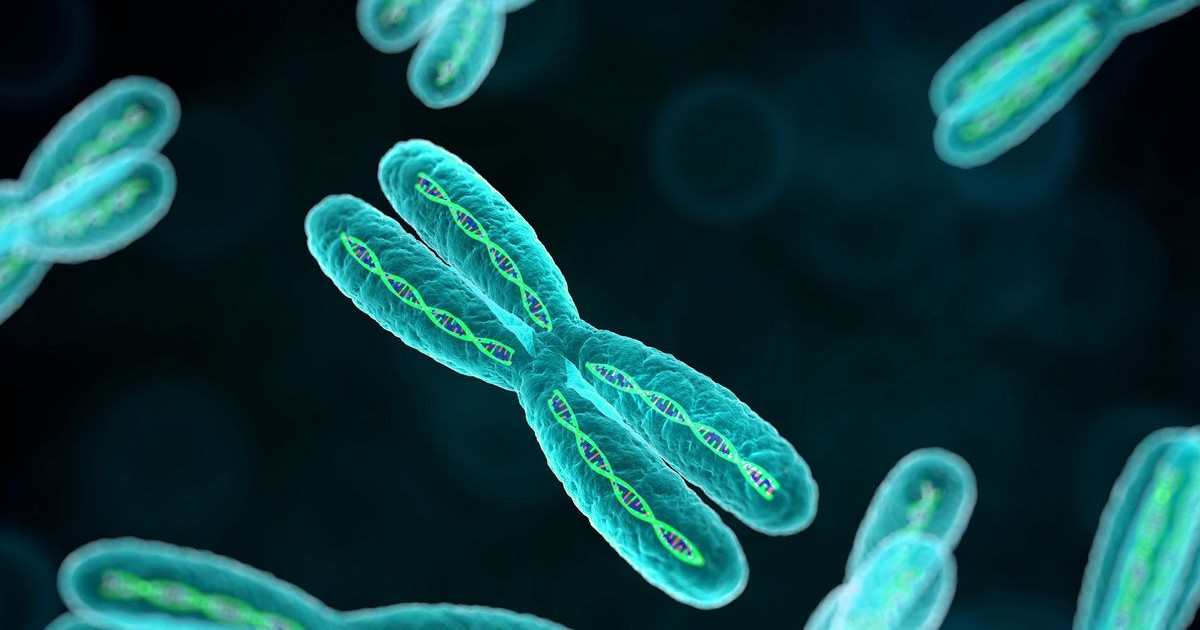Guide To Fibrous Dysplasia Warning Signs
Fibrous dysplasia is a rare bone disorder that occurs when fibrous tissue develops instead of normal bone. This scar-like tissue doesn't provide the structural support that bones need, so the affected bone becomes weak and more susceptible to fracturing or deformity. The majority of cases involve just one bone and a single site, but some patients experience the condition in multiple bones. Young adults and adolescents generally have one bone involved, while multi-bone cases usually develop before a patient reaches ten years old.
Gene Mutation

Fibrous dysplasia is caused by a gene mutation, but the gene isn't passed from a parent to a child. Though there isn't a cure for this condition, there are treatments that focus on bone stabilization and pain relief. Mild cases may not cause any symptoms, but more severe cases have significant warning signs.
